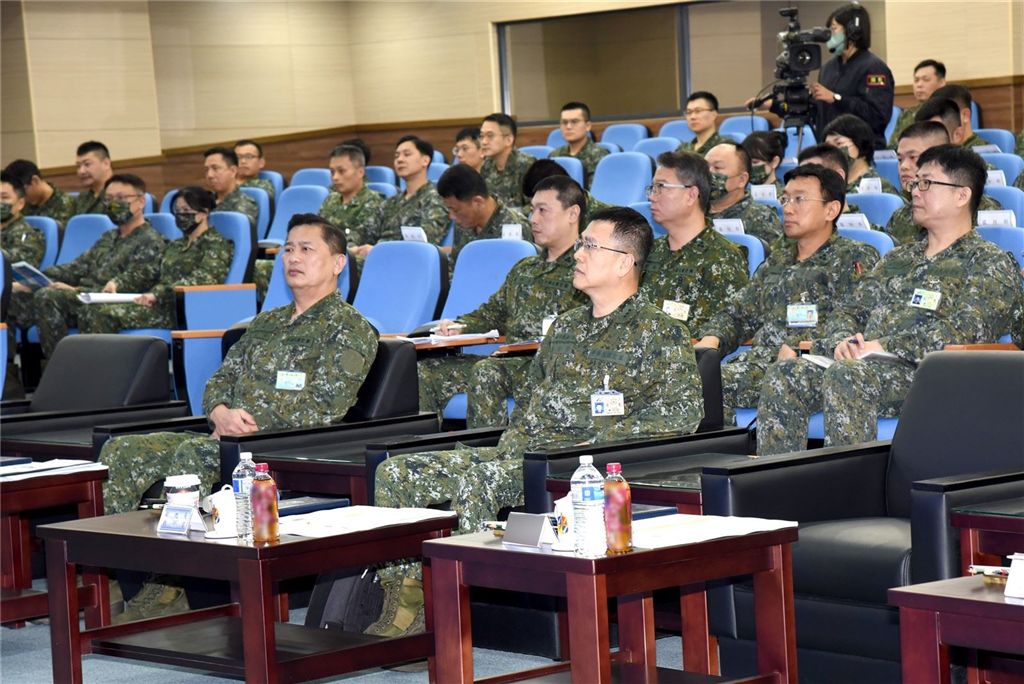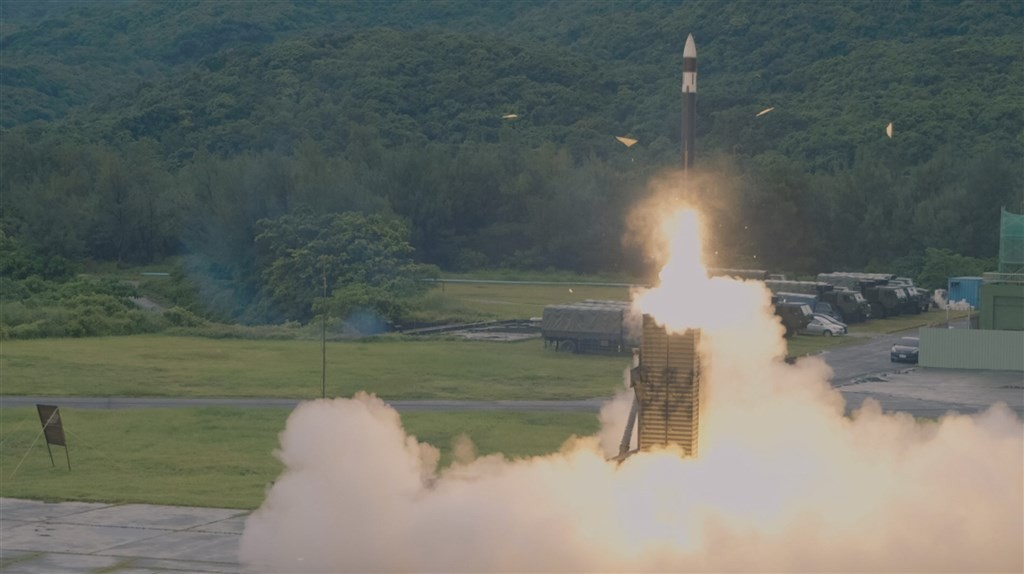Joint Air Defense Exercise
On March 26th, the Taiwanese military conducted an early morning joint air defense exercise in the early morning hours. The Integrated Air Defense Operation Plan Exercise occurred from 5:00 a.m. to 7:00 a.m. local time and involved units from the Taiwanese Air Force, Army, and Navy. Specifically, various types of aircraft from the 1st to 6th Tactical Fighter Wings, units of Skybow and Patriot Surface to Air Missile (SAM) systems, several air defense artillery systems, various army units, and several Taiwanese Navy vessels.
Lt. General Jiang Guanghua, Taiwanese Air Force (TAF) Political Warfare Department Director and spokesperson, released a statement about the exercise. Jiang pointed out that the exercise was “to verify the Command and Control (C2) and force deployment of joint air defense operations” involving the three branches and that “the situation was good.”
The Air Force Command said that the exercise is part of its efforts to increase training intensity due to the “frequent intrusions by Chinese Communist aircraft and ships into the sea and airspace surrounding Taiwan.” The Command also said that Taiwan will conduct these exercises to increase its ability to respond to “potential threats, meet the needs of regional security and defense operations, defend the airspace, and protect the homeland.”
Other Exercises and Lectures
TAF Deputy Commanding General, Lt. General Sun Liansheng, presided over a tabletop war game on the “annual major exercise map.” Sun verified the team’s ability to move from peacetime to wartime footing and tasks of each unit involved, and the commander’s ability to make the best plans in real time. The exercise also required the exercise’s participants to “extend the exercise experience to all levels,” create plans that combined and used the “characteristics” of the units and training and testing tasks, and improve the unit’s combat readiness “to meet the actual needs” of the units.

In the beginning stages of the exercise, Sun outlined the training objectives, key points, and task reminders. Each unit then conducted the various exercises on the map based on the “scenarios of the enemy’s possible invasion of Taiwan,” though using various computer command post drills and real-force drills. The drills simulated “actual battlefield conditions and limiting factors” to help verify the feasibility of the plan’s execution as well as the operational decision-making ability of the commander. Another of the drill’s aims was to “strengthen the personnel’s war awareness and combat readiness” to increase and prepare their combat effectiveness for wartime.
Sun urged that all units should focus on their responsibilities of enhancing the military’s C2’s effectiveness and ability to revise and verify plans due to “the CCP’s increasing gray zone harassment and military threats” and grasp the enemy’s situation. He also said that the military “must carefully plan response measures and strengthen actual combat effectiveness” to develop credible air defense capabilities and “defensive combat energy.”
Analysis
The air defense exercises occur against the backdrop of the recent increase of People’s Liberation Army (PLA) aircraft and People’s Liberation Army Navy (PLAN) vessels around Taiwan. However, the exercises are also part of the Taiwanese military’s effort to incorporate decentralized C2 capabilities among its individual branches, which began in 2017. Taiwan wants to increase emphasis on decentralized C2 capabilities for various reasons. The most significant reason for Taiwan to increase its decentralized C2 capabilities is to make the structures more resilient and survivable against both kinetic and non-kinetic attacks. Another goal is to create C2 capabilities that are redundant, cross-domain, and survivable through the use of various long-range, survivable, mobile, and A.I.-enabled assets.
The exercises also included actual battlefield conditions and limiting factors to test commanders’ decision-making capabilities and their abilities to revise military plans ‘on the fly.’ The ability for commanders to decide when to quickly revise military plans is important in decentralized C2 structures because they will oftentimes have no higher commands to rely on for orders and have to decide what operations to conduct. Furthermore, the ability for commanders to act autonomously within the command structure is important because they would be relying on mission command.
The most important tenets of mission command are its emphasis on the lower level commander’s use of initiative and the commander’s intent when conducting and developing operations, as well as mission orders. The emphasis on decentralized C2 and increasing commanders’ decision-making capabilities will likely significantly enhance the survivability of the Taiwanese military during a potential conflict by allowing commanders to act even when communications are cut off or jammed.

